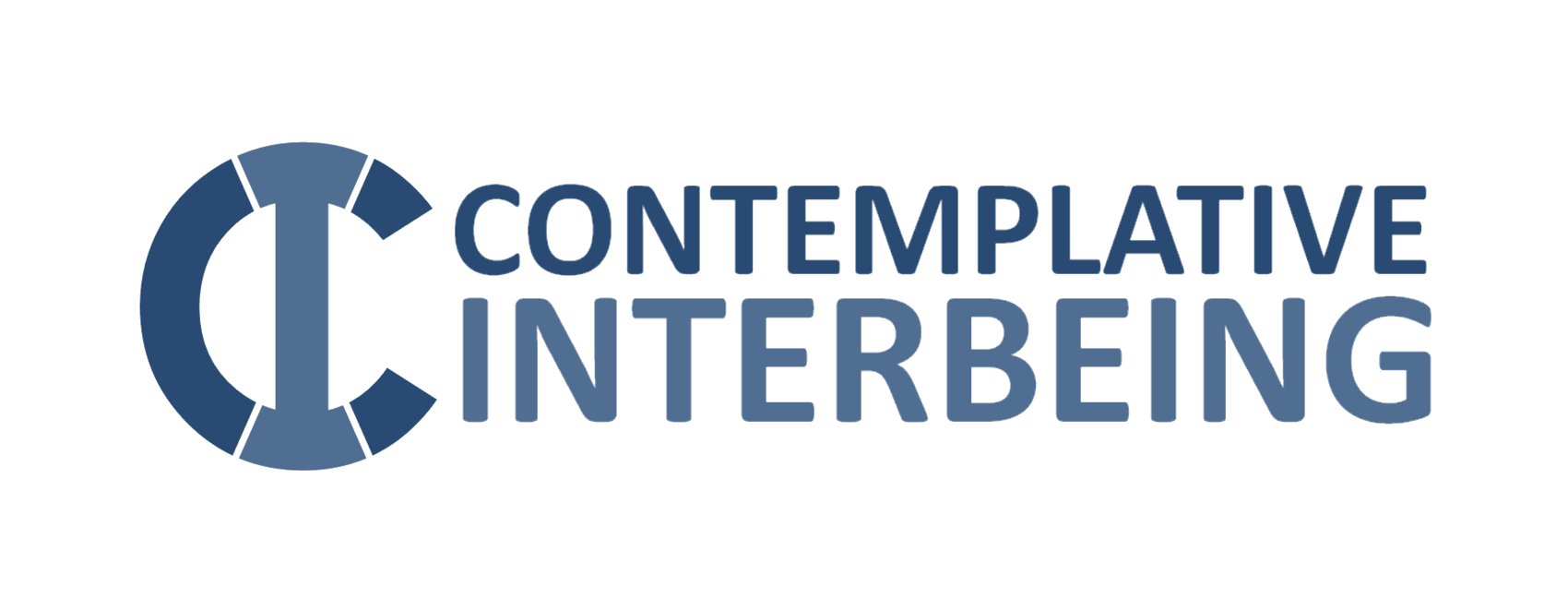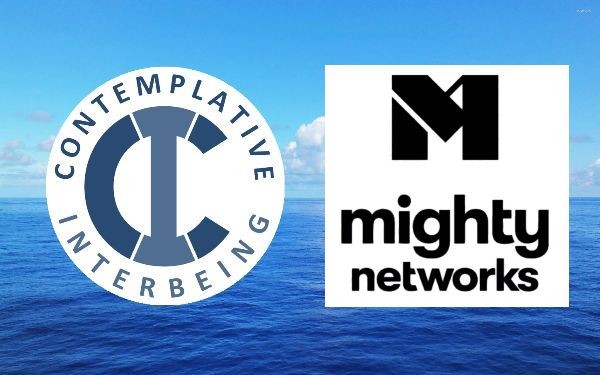Yes
All prayer is seconding the motion. God is the initial motion, the initiative. In contemplation, we become aware of God’s movement and surrender to it. We begin with “yes,” ready to receive reality just as it is and ready to let it teach us. Contemplation teaches us how to say “yes”—yes to the moment, yes to the event, yes to the relationship. It is what it is before you analyze it, compare it to something else, or prefer it to something else. It takes much of your life to learn how to always begin with yes. I warn you that if you begin with no—which culture by and large trains us to do because the ego prefers the negative—it’s very hard to get back to yes.
Saying “yes” to the moment allows space for the real question, which is “What does this have to say to me?” Those who are totally converted come to every experience and ask not whether they like it, but what does it have to teach them. “What’s the message or gift in this for me? How is God in this event? Where is God in this suffering? What is God calling me to do?”
As you practice contemplation—in whatever form you choose—intentionally say yes to God’s presence and leading. Outside your times of contemplation, stay in this posture of willingness and openness. Let the hard, consequential questions of our world’s suffering stir your love into action. Discover and say yes to your unique way of participating in God’s love and healing, which is already working in every life, in every place, and simply asks for you to join.
Reference: Beginning with YES

